This is exactly the sort of problem faced by manufacturers of general purpose signal generators in the 10 MHz to 1 GHz sort of range. What they tend to do is use a top octave VCO/synth, and then use a bunch of divide by 2 ICs to get the lower octaves. While this means a strong 3rd harmonic, with a good balanced output on the divide by 2, the even harmonics can be very well suppressed (better than -40dBc).
If you did elect for selectable VCOs all the way down, then you could expect better 3rds, but you probably would not get better 2nds than with dividers.
The following solution may look big, but it has a number of significant advantages, especially for your requirement of a discrete project. It is cheap, all the components are readily available. It works well, is market tested, and there is flexibility to improve its performance. All the filters can use an identical layout, so you just design one, and then use copy/paste for the rest.
The filters are half octave. Each filter string uses just one 'good' filter, good in this context meaning with a well controlled stopband, filtering out harmonics for many decades. The string then has several switchable filters which only need to have a good stopband for an octave or so, until the good filter takes control of the stopband. In this way, we can effectively control the passband corner frequency with very few, cheap, components, well short of a good filter.
The alternative to these series switched filters would be parallel switched, perhaps selected by RF CMOS switches from the likes of psemi.com or minicircuits. However, then all filters would need a good stopband, raising their complexity.

simulate this circuit – Schematic created using CircuitLab
The switchable filters are controlled by the current direction. The bias resistors source about 10 mA with no significant RF loading. You select which filter string, and which components of the filter string, by driving one of the pull-downs, with an LS145, or LM339, or ULN2803.
What's C11 doing there? It works both with the string off, and on. When off, it adds extra attenuation to the residual Coff of the BA682 switching diodes (BA482 if you want leaded). When the string is on, it tunes out their residual series inductance into a low pass filter.
These are the individual switchable filters.

simulate this circuit
When current flows left, the filter is shorted, with the residual inductance of D3 being tuned out by the residual capacitance of D1 and D2 into a low pass filter. When it flows right, the filter is in circuit. The residual capacitance of D3 makes the filter come back at high frequency, but that's stopped by the good lowpass filter.
The filter implements two stopband zeroes. There are no ready methods of designing a filter like that, so it's easier to start with a 3rd order lowpass of L1, C2, C3, with L3 and L4 set to zero. C1 breaks the DC continuity across the filter. Now, in practice, D1, D2, C2, and C3 will have some residual series inductance, so you get a sniff of L3 and L4 anyway. The zeros they create turn up in the stopband, and the stopband return beyond them would be a problem in a normal filter, but they are clobbered by the good filter at the right of the string. We increase L3 and L4 with some explicit inductance to move those zeros down closer to the passband where they will do more good. A good way to keep the prototype 3rd order lowpass shape reasonably constant as these zeroes move about is to keep the capacitive impedance of the series LC equal to that of the design C at the filter corner frequency. This means increasing the C over the original design C, it's then reduced by the inductance.
It would be worth mentioning the alternative mix-down architecture, which has different tradeoffs, so may suit your specifications better. Consider a sub-octave high frequency VCO/synth like 700 MHz to 1 GHz, and a fixed 1 GHz signal. Through mixing, you would get DC to 300 MHz in a single band. With a good mixer, and a good fixed filter on the signal input to the mixer, you would expect a very harmonically clean lowpass filtered output. One disadvantage is a poorer SNR, due to the low signal at the mixer needed to keep higher order mixing products down, and a poor SFDR due to those residual higher order products. Phase noise can be higher as well for simple synthesiser schemes, you need a more sophisticated synthesiser architecture to get good phase noise, especially at lower output frequencies. However, you get the simplicity of a single wide-band output in a single range.

